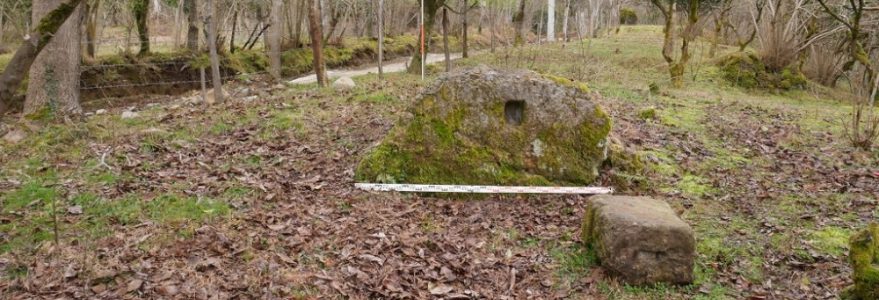
A wine press, mosaics, clay inkwells or the office of a Roman garrison are some of the discoveries made during this year’s research at the Roman fort of Apsaros, located in Gonio, Georgia. The site has been known for several years due to the discovery of floor mosaics in the ruins of the garrison commander’s house. The expedition’s work was led by Dr Radosław Karasiewicz-Szczypiorski of the Centre for Mediterranean Archaeology at the University of Warsaw (UW).
One of the objectives of this year’s excavation season was to investigate a new architectural complex. Clay inkwells and olive lamps were discovered in one of its rooms. The presence of objects used for writing and illuminating the workspace indicates that the room was used as a chancellery. This discovery confirms the researchers’ assumption that the building served as the headquarters of the local garrison.
The Polish-Georgian expedition is also conducting research outside the fortress. Laser scanning (LIDAR) of the Apsaros area, carried out by Polish experts, revealed anomalies in the terrain that indicated that archaeological remains could be located there.









